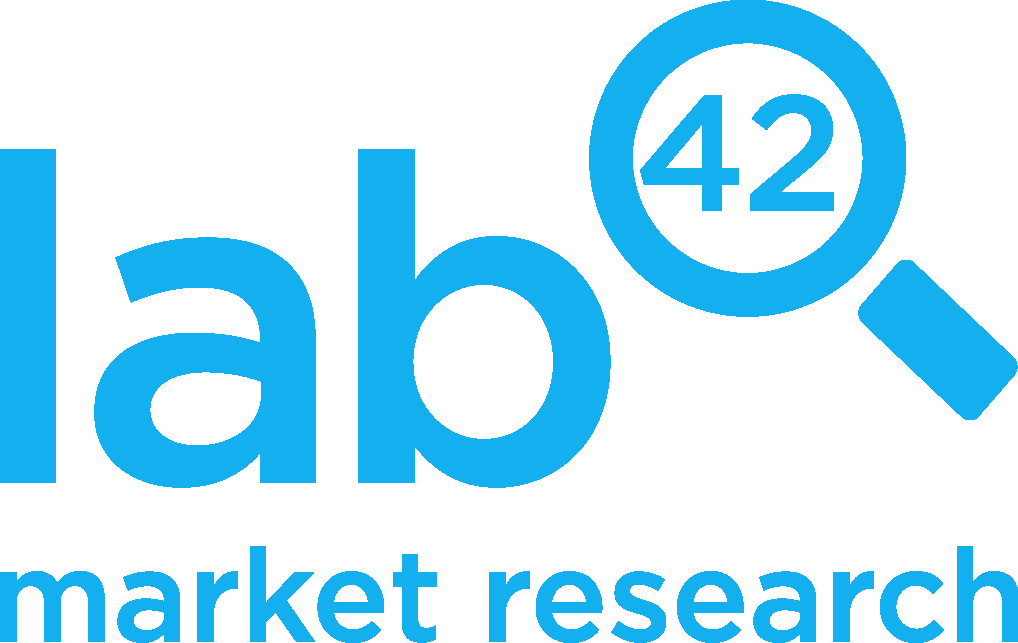SUPER BOWL SOCIAL MEDIA TRENDS IN 2014
Whether you love the ads, the game, or the party food, Super Bowl Sunday is often one of the most highly anticipated days of the year. Despite our great expectations for what we thought would have been one of the best Super Bowls ever, the game itself didn’t really deliver. But that didn’t stop viewers from tweeting, texting and posting.
In our latest study, we spoke to Super Bowl XLVIII viewers immediately following the game’s conclusion, and what we discovered is that Super Bowl social media usage increased as the blowout game went on. Eighty-five percent of respondents watched the game until the very end, and 44 percent of respondents said their social media activity increased, while 41 percent said their usage remained the same throughout the game. Facebook was the most popular social network used, with 83 percent saying they used it the most during the game, followed by Twitter at 11 percent. Among Facebook and Twitter users, 35 percent used a hashtag during the game.
As a result, viewers used multiple devices beyond just their TVs, with 83 percent using a “second screen” during the game. When it comes to devices they used the most, smartphones and laptops are nearly tied: 30 percent said they used their smartphones the most, while 29 percent preferred their laptops, followed by tablets (14%) and desktop computers (10%).
Second-screen activities varied, with 38 percent using their preferred device to post about a commercial on social media, while the exact same amount (38%) posted about the game. We also discovered that viewers were more likely to visit a brand’s social network site after seeing its ad during the game (22%) than the brand’s website (17%). They were also twice as likely to share a link to an ad via social media than email.
With each 30-second ad spot costing $4 million, viewers waited for commercials with baited breath. Eighty-four percent were excited for the commercials prior to the game, and over half (54%) feel brands should release their commercials online in advance. To that end, about one-third (32%) watched the commercials online before the game, and nearly the same amount (30%) re-watched a commercial after it aired on TV, with 56 percent re-watching the ad online, more than those who used their DVRs (29%).
Ultimately, 40 percent said commercials were their favorite part of the Super Bowl. Seventy-nine percent rated the commercials favorably, with 39 percent saying they were “excellent.”Our study also uncovered the following key nuggets:
The favorite celebrity cameo was the Full House reunion of John Stamos, Bob Saget, and Dave Coulier in the Dannon Oikos commercial (16%). Ellen DeGeneres came in a close second for Beats Music (12%) followed by The Muppets and Terry Crews for Toyota Highlander (11.5%) and Tim Tebow for T-Mobile (11.5%).
Thirty-five percent said the Red Hot Chili Peppers’ performance was the highlight of the half-time show, while 32 percent preferred Bruno Mars’ performance of “Just the Way You Are.”
Fifty-three percent said commercials shown during Super Bowl XLVIII were more creative than ads shown during the rest of the year, while 43 percent said they were more memorable.
Twenty percent downloaded or plan to download U2’s “Invisible,” while 67 percent didn’t plan to download and 13 percent didn’t see the commercial.
Sixty-five percent said social media has made the Super Bowl better in the last 10 years.
Even for brands who cannot afford the $4 million spot, social media is a viable avenue to make a splash, as demonstrated by brands like New Castle Brown Ale whose viral campaign captured the attention of millions.
METHODOLOGY
The Lab42 survey was fielded among 500 adults in the United States, ages 18 and up, who watched Super Bowl XLVIII. The survey was conducted upon the conclusion of Super XLVIII, from February 2-3, 2014.
